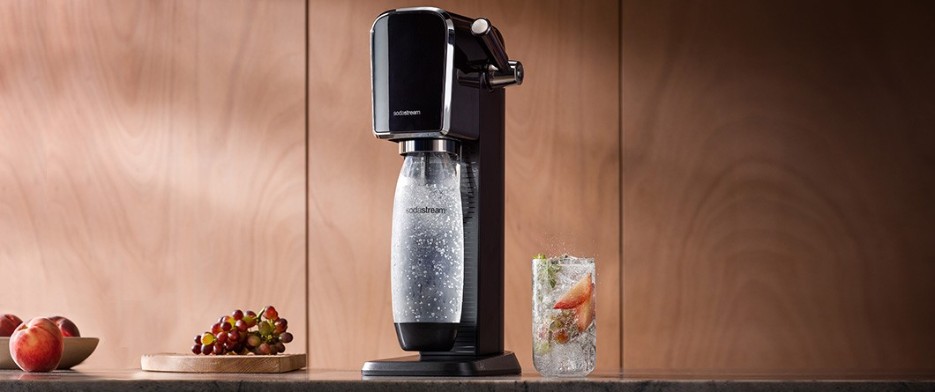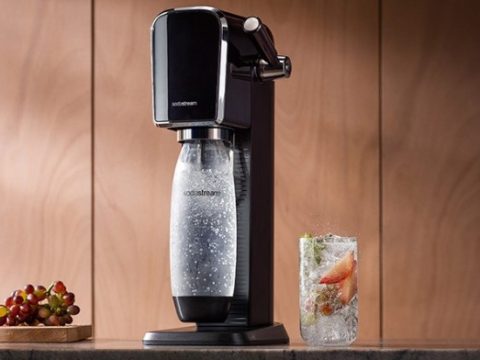How to Carbonate Water with SodaStream: Everything You Need to Know
Sometimes all you want after a hearty meal is a glass of fizzy cola or at least sparkling water to refresh your palate!
What Is Carbonation?
In nature, sparkling water forms when volcanic gases dissolve into springs, but that fizz is milder than commercially carbonated beverages. Soda water is created by dissolving pressurized carbon dioxide (CO₂) into plain water, producing the bubbles we love.
How SodaStream Works
SodaStream machines inject CO₂ under pressure into the water bottle. When you press the carbonation button or lever, a valve opens, and the gas flows from the high-pressure cylinder into the water, creating instant effervescence in seconds.
Benefits of Carbonating at Home
- Long-Lasting Fizz: Homemade sparklers stay bubbly longer than store-bought bottles once opened.
- Saves Money: No more buying cases of soda or mineral water; one CO₂ cylinder and a few syrup bottles yield hundreds of drinks.
- Eco-Friendly: A single reusable SodaStream bottle can replace over 3,000 single-use plastic bottles, drastically cutting plastic waste.
- Quality Control: SodaStream is the only brand that fully manages its aluminum CO₂ cylinders—inspecting, testing, sterilizing, and refilling them in-house.
Tips for the Best Carbonation
- Use Chilled Water: Cold water holds carbonation better; keep a bottle in the fridge ready to fizz.
- Have Spare Cylinders: Maintain at least one extra CO₂ cylinder so you never run out during gatherings.
- Store Cylinders Properly: Keep them in a cool, dry spot away from heat sources to ensure safety and longevity.
- Re-Fizz Safely: Only carbonate plain water; adding syrups before fizzing can damage the machine and void the warranty.
A Brief History of Artificial Carbonation
The concept dates back to 1767 when Joseph Priestley first carbonated water. In 1783, Jacob Schweppe began selling carbonated drinks commercially. Founded in 1903, SodaStream popularized home carbonation for British high society and, by the 1950s, made it accessible to everyday families worldwide.


